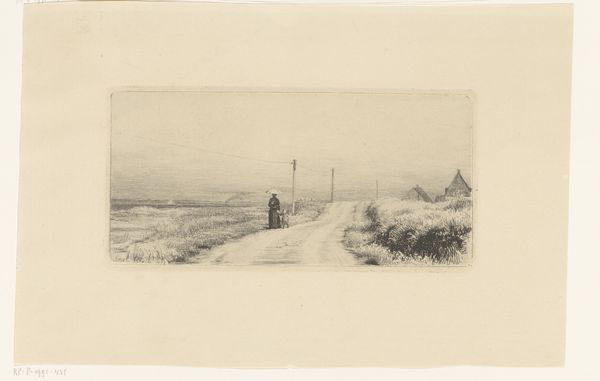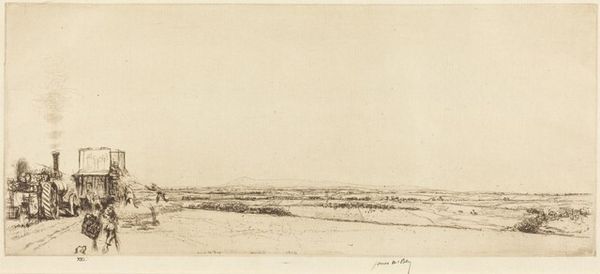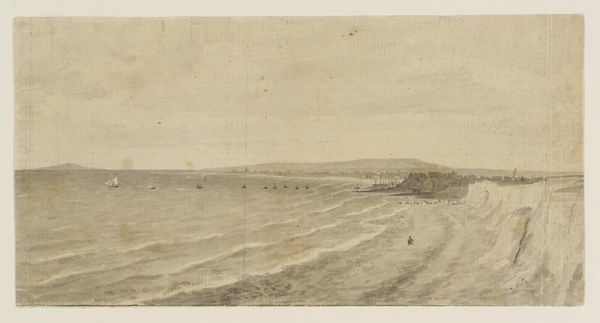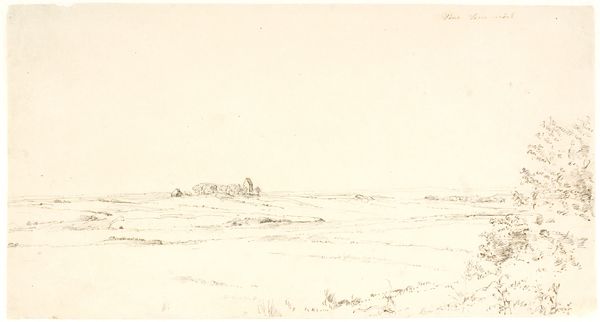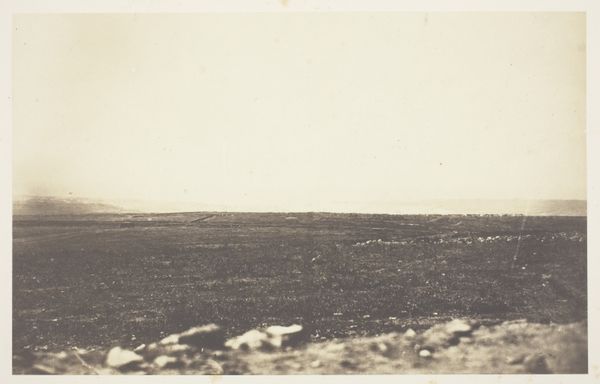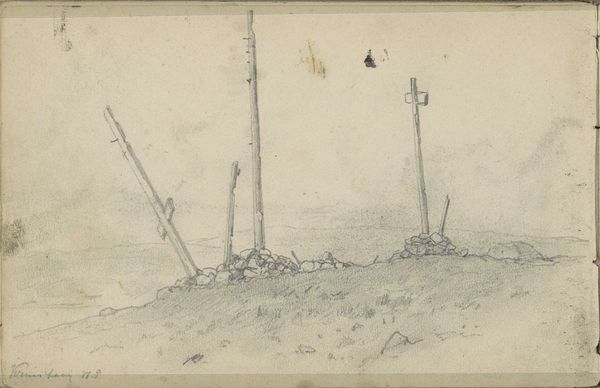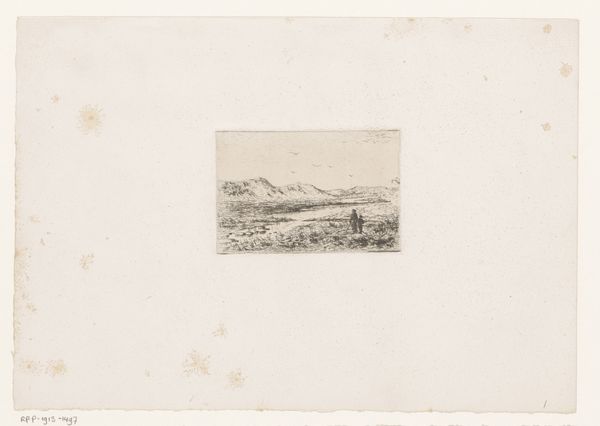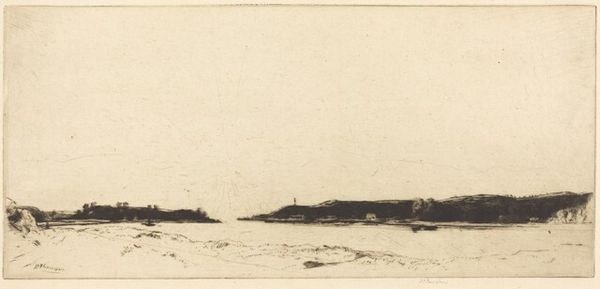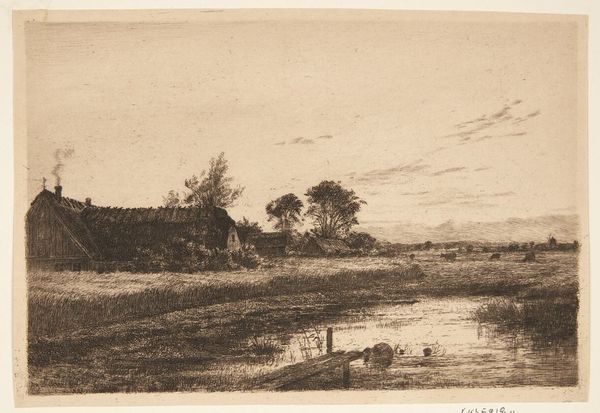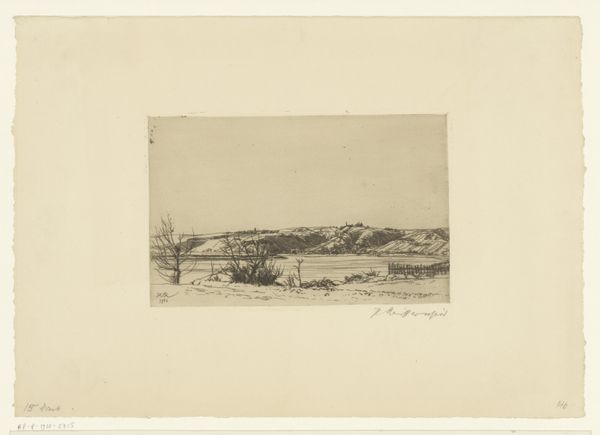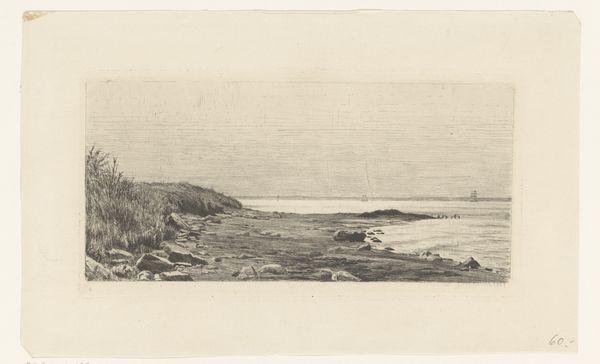
drawing, print, etching
#
drawing
# print
#
impressionism
#
etching
#
landscape
#
etching
#
pencil drawing
Copyright: Public Domain: Artvee
James Ensor created this etching, 'The Mill at Mariakerke', in 1889, during a period of great social and artistic change in Belgium. Ensor, living in a rapidly industrializing nation, often depicted the landscape in ways that reflected the changing social and economic conditions of the time. Windmills, once symbols of rural prosperity and self-sufficiency, were becoming obsolete with the rise of steam-powered industry. Here, the mill, rendered with delicate lines, appears almost ghostly against the flat landscape, suggesting a sense of fading tradition. The late 19th century saw the rise of avant-garde movements, with artists questioning traditional artistic values. Ensor, known for his innovative and often provocative work, was associated with the group Les XX, who challenged the conservative Belgian art establishment. To fully understand Ensor's work, we need to consider the social and artistic debates of his time, consulting sources such as exhibition catalogs, period reviews, and artists' manifestos. Art is always made in the present, shaped by ever-changing social and institutional contexts.
Comments
No comments
Be the first to comment and join the conversation on the ultimate creative platform.

